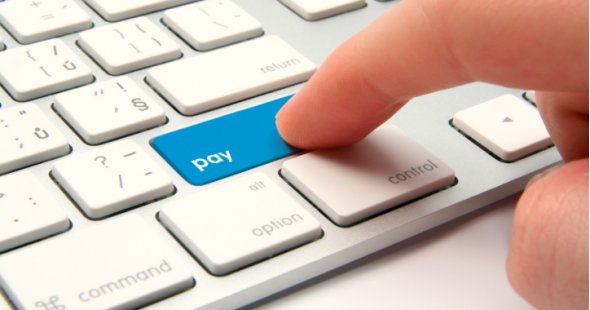With a new year comes new resolutions, disruptors and trends. This will especially ring true in the payments space, which boasts one of the biggest growth markets in the world – fintech. Research estimates that global fintech solution usage is currently at 33 percent and is expected to increase to 52 percent in 2018. As the business world hangs up their calendars for 2018, Dave Yohe, VP of Marketing at BillingTree looks at five key technology developments shaking up some key markets in 2018
1. B2B Payments finally going digital
Perhaps further behind in the fintech curve than they should be are B2B payments. This is often attributed to the complex nature of B2B payments – most transactions involve multiple stakeholders, are usually attributed to POs and budgets, and are managed manually. The check still holds as the most common method of payment acceptance in US B2B payments, but only just. The Association for Financial Professionals has found that in 2004 81 percent of B2B organizations paid by check, but by 2016 this number had shrunk to 51 percent.
The US Government has already mandated that in 2018, all invoicing for business-to-government payments will be electronic-only. This is bound to have a roll-on effect into the B2B market as a whole. In 2018, expect more CFOs to begin to realize the efficiency benefits of digitizing B2B payments.
2. Spotlight on healthcare: rise in healthcare patient responsibility driving fintech payments
According to eHealth analysis of the Healthcare Marketplace during the 2017 open enrolment period, the average annual deductible was over $8,200 for a family plan, accounting for a 3 percent or $249 increase on the previous year.
Maximizing the chance of capturing patient payments means providing a friction-free payment process. Recent statistics show over 50 percent of patients prefer to be billed electronically. In fact, 79 percent of patients are happy to provide their email address for billing and correspondence, yet 90 percent of practices are still mailing paper-based statements. Healthcare providers will need to accommodate a broad variety of electronic options in 2018 or face missing out on crucial revenue.
3. ARM market will feel the healthcare strain
The reality of the rising number of patients with high-deductible health plans or PPOs means more healthcare payments will fall into accounts receivables management (ARM). Much like providers themselves, healthcare ARM organizations need to be able collect payments online using all payment types, including the ability to accept Health Saving Account (HSA) and Financial Savings Account (FSA) payments.
The BillingTree annual ARM industry in 2017 found the number of ARM organizations processing payments from HSAs/FSAs had increased 10 percent from 2016. Expect this number to grow in the year ahead as patient, provider and accounts receivables adjust to the sharp rise in patient responsibility and shifting healthcare payment landscape.
4. Card brands leveling the property management playing field
Currently, the cost for using a card to settle community fees and rent payments are higher than those consumers are used to when purchasing retail goods. In order to compete with debit account and ACH rates, costs for settling rent payments and community fees need to come down.
Already, certain card providers are creating new rate categories for apartment due payments and rentals. In 2018, this will open the door to the availability of more electronic payments options which offer convenient ways for tenants to settle rent and community fees, increasing revenue for property managers and customer service.
5. Credit Unions will take to technology
For Credit Unions, 2018 will carry a familiar challenge – staying competitive with the big banks. This means creating competitive offerings while delivering a personalized service to keep its members happy in the hope of luring them away from larger institutions.
When it comes to technology, the size of Credit Unions can actually become an advantage. Smaller business have smaller infrastructure, so adapting to integrate new technologies takes less time, meaning they can quickly accommodate the evolving needs of a tech-savvy membership base. In 2018, we will witness more credit unions turning to technology providers to help expand their payment solutions – a trend that was identified by respondents to a Q4 BillingTree survey on financial services technology adoption. The survey found 66 percent of respondents plan to adopt new payment technology in 2018 – a steep rise from just 14 percent the year before.
Catching up with fintech in 2018
The fintech revolution is now touching almost every market in the payments space. Some are still further ahead than others, so expect 2018 to be a year of consolidation in more mature sectors, but one of rapid change in those with some catching-up to do.
—————
Dave Yohe is VP of Marketing at BillingTree.
Thanks for reading CPA Practice Advisor!
Subscribe Already registered? Log In
Need more information? Read the FAQs
Tags: Accounting, Technology




